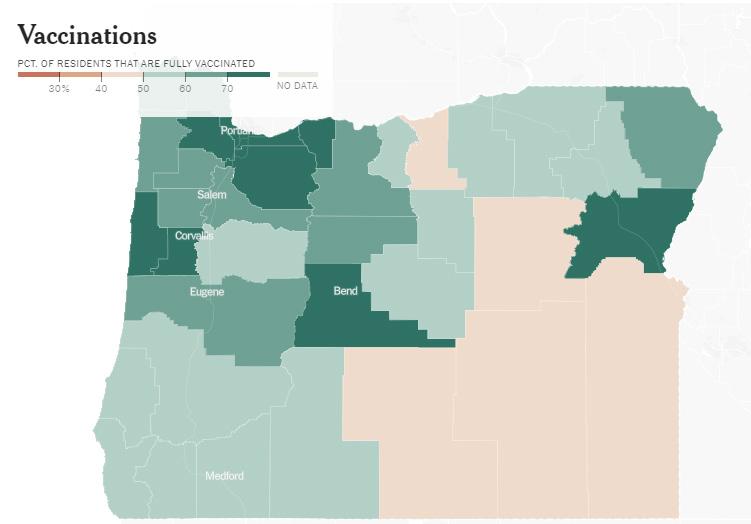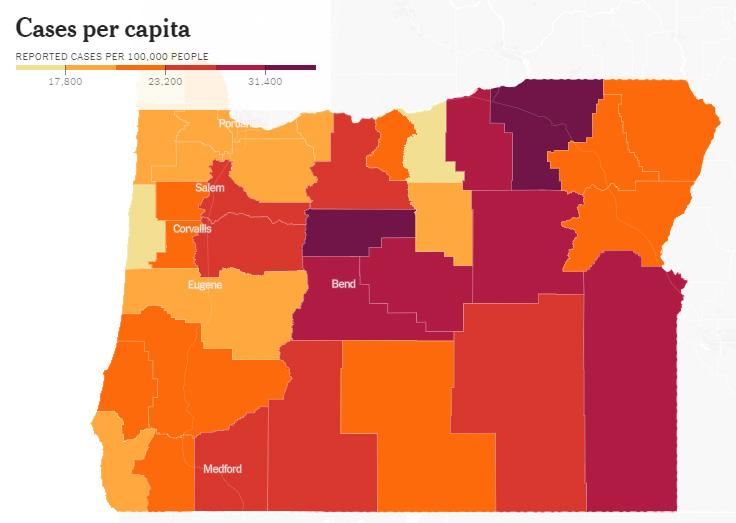
1 minute read
Long COVID
Range of new, returning, or ongoing health problems people can experience four or more weeks following initial COVID-19 infection

Advertisement
Since the beginning of the COVID-19 pandemic, there have been reports of people who contracted the virus experiencing debilitating symptoms after seeming to initially recover. Over the past two years, what is known as “post-COVID condition” by the Centers for Disease Control and Prevention (CDC) and Long COVID by the general public, has garnered more research and acknowledgment as a serious condition with life-altering effects.
We know that Long COVID can affect anyone, including children, and it can develop in people who had asymptomatic, mild, or severe COVID-19. However, we don’t know why Long COVID affects some people and not others. More expedient research needs to be done, and the medical community must be better trained on how to best serve and treat those experiencing the condition.
There are many symptoms of Long COVID and they often differ from person to person. Common symptoms include fatigue, difficulty breathing, headaches, heart palpitations, digestive issues and brain fog. These can last weeks, months, or even years and may cause lifelong disabilities. According to the CDC, about 80% of people with long COVID reported activity limitations due to this condition.

According to the CDC an estimated...
13.5% of Oregon adults have experienced Long COVID
7.5% of Oregon adults are currently experiencing Long COVID
For the most recent data on cases, vaccinations, and interactive maps, please visit Map & Case Count on the NYT Website here. Statistics and definitions taken from cdc.gov on Dec. 15, 2022.







